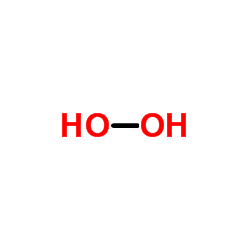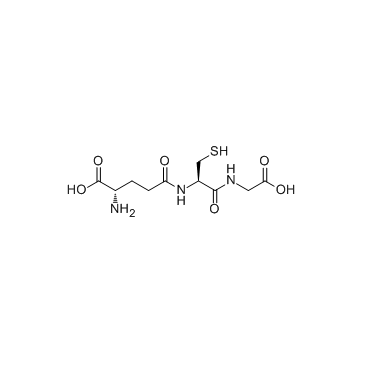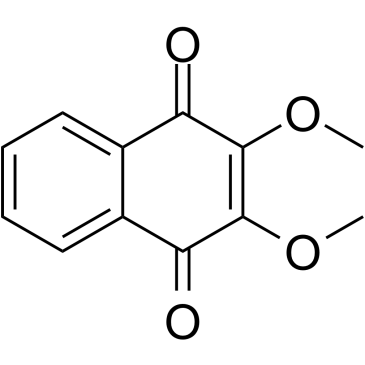| Structure | Name/CAS No. | Articles |
|---|---|---|
 |
Hydrogen peroxide
CAS:7722-84-1 |
|
 |
Glutathione
CAS:70-18-8 |
|
 |
DMNQ
CAS:6956-96-3 |